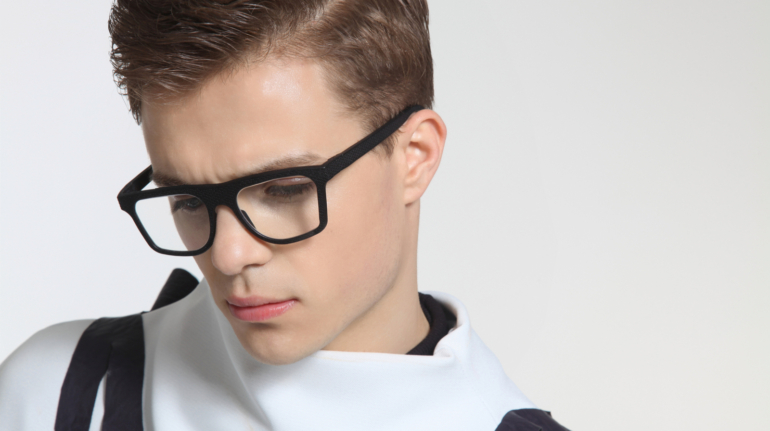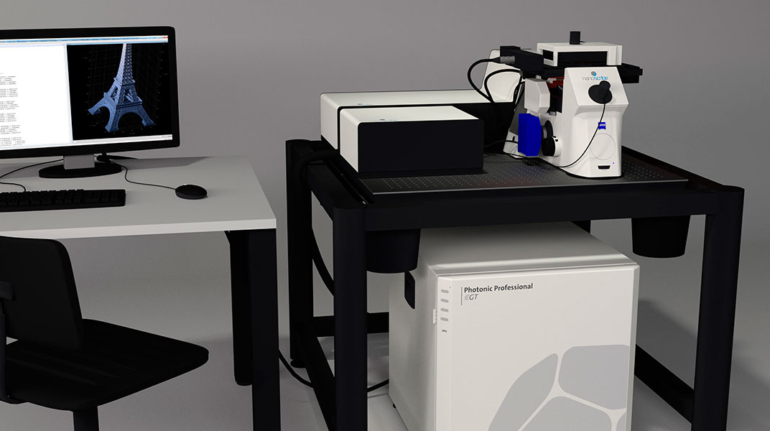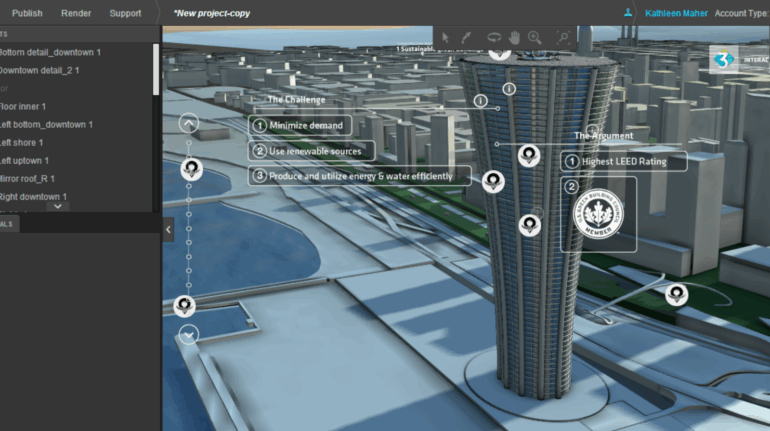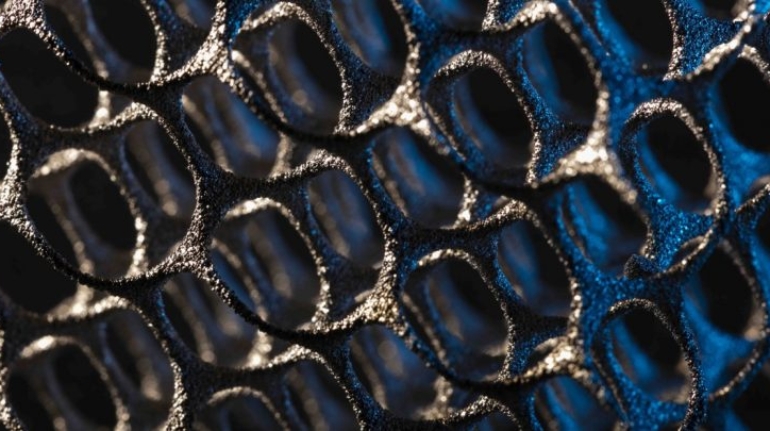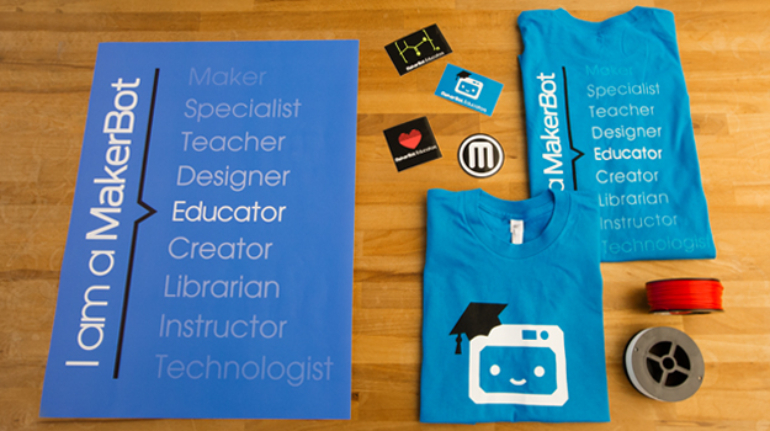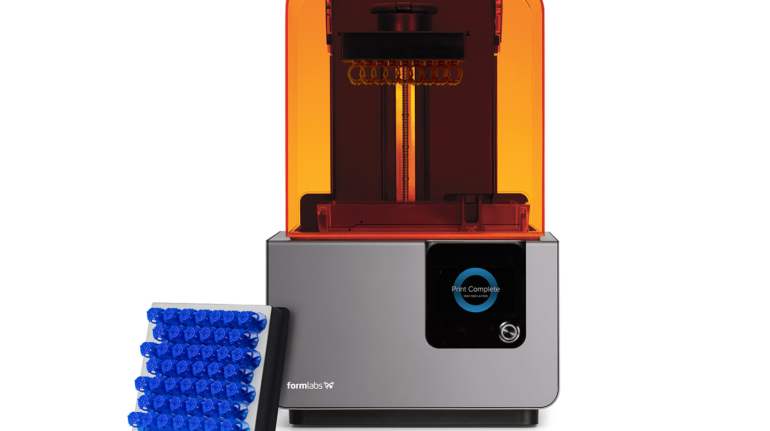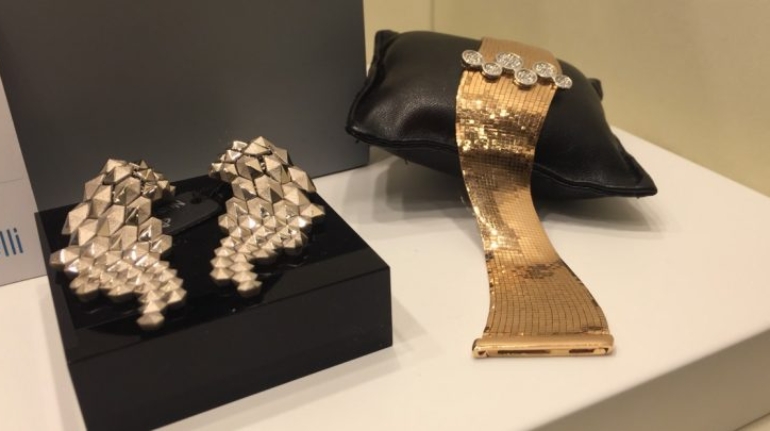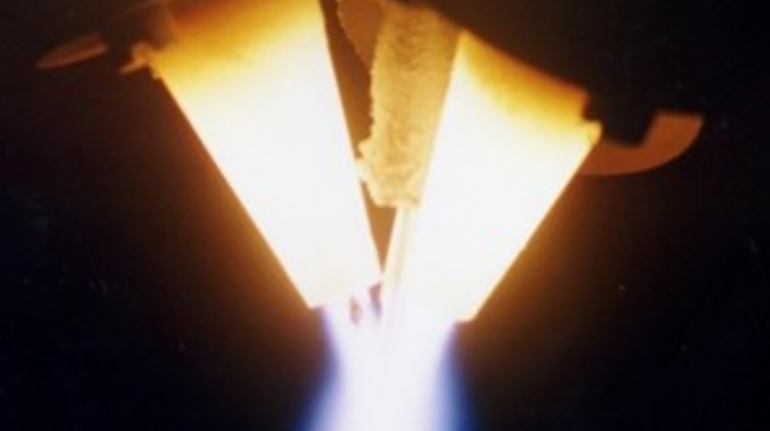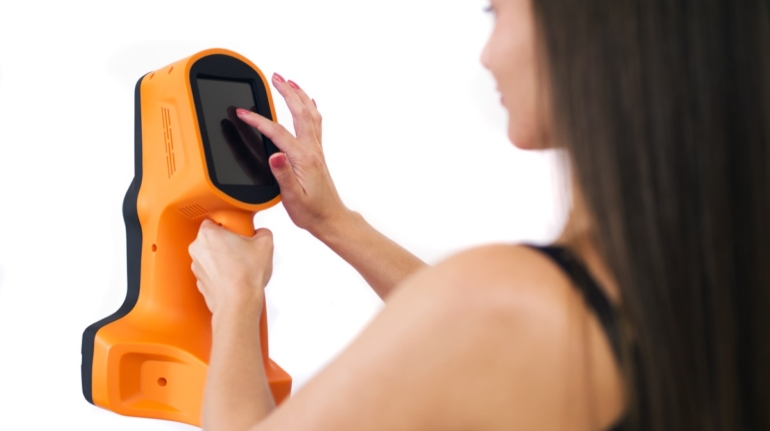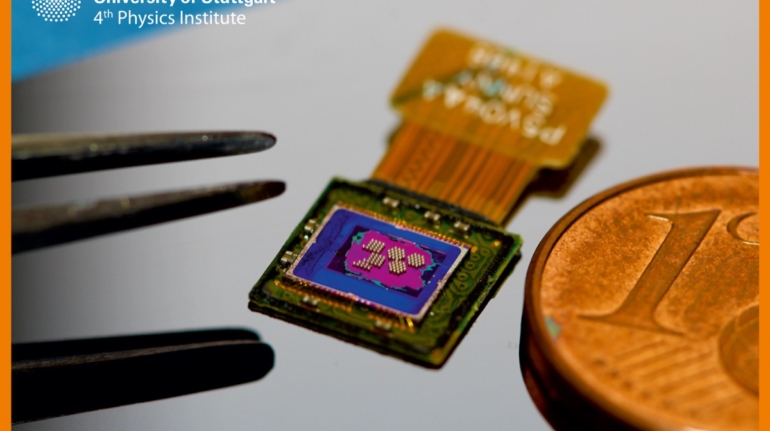Hoet and Aoyama Launch Yuniku 3D Printed Eyewear Collections at Opti Consumer Products
The weekend of the 28th to the 30th of January marks an exciting time for the optical world. Opti, a major optics and eyewear trade show, will be taking place in Munich, and participants will be able to get up close and personal with the latest trends in the eyewear industry. 3D printed eyewear and the customization that it offers have been creating waves in the industry for a while now, but this year’s Opti will reveal something unique: or should we say Yuniku?

